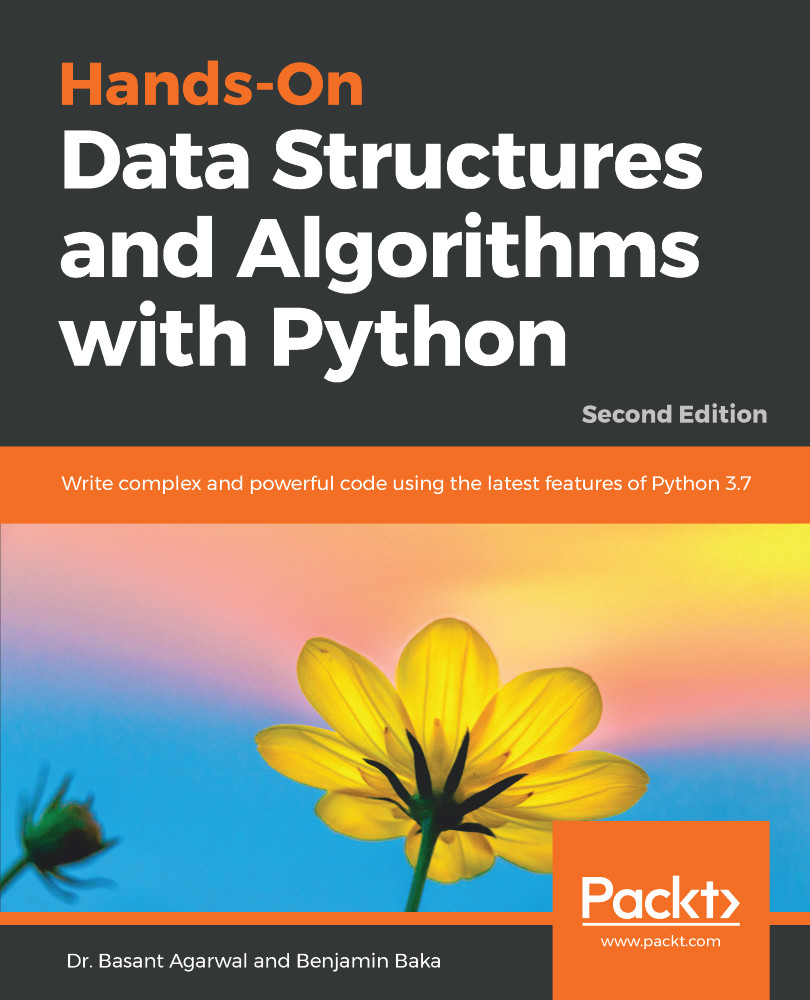Contrary to arrays, pointer structures are lists of items that can be spread out in memory. This is because each item contains one or more links to other items in the structure. The types of these links are dependent on the type of structures we have. If we are dealing with linked lists, then we will have links to the next (and possibly previous) items in the structure. In the case of a tree, we have parent-child links as well as sibling links.
There are several benefits to pointer structures. First of all, they don't require sequential storage space. Secondly, they can start small and grow arbitrarily as you add more nodes to the structure. However, this flexibility in pointers comes at a cost. We need additional space to store the address. For example, if you have a list of integers, each node is going to take up space by storing an integer, as well...


